Protocol
The work carried out on the pieces must be based on precisely defined and consensus-based criteria and be performed in accordance with the guidelines of a protocol that establishes the main standards, including the necessary measures and the most suitable methods.
The restoration of artworks needs to be performed under conditions that not only guarantee the stability of the object in question but are also underpinned by scientific experimentation and specialised training and practice in order to ensure the suitability and transparency of the treatment, as well as its subsequent dissemination.
For this reason, we design a procedural protocol containing a combination of physical observation and documentation methods, together with specialised technical photography and analytical studies. All this tells us about the composition of the materials used to create the work and their location in the different strata, as well as identifying those that have been added subsequently or deposited over time.
The information gleaned from the results obtained and from studying the documentary sources allows us to design the intervention process and the milestones necessary for implementing the project.
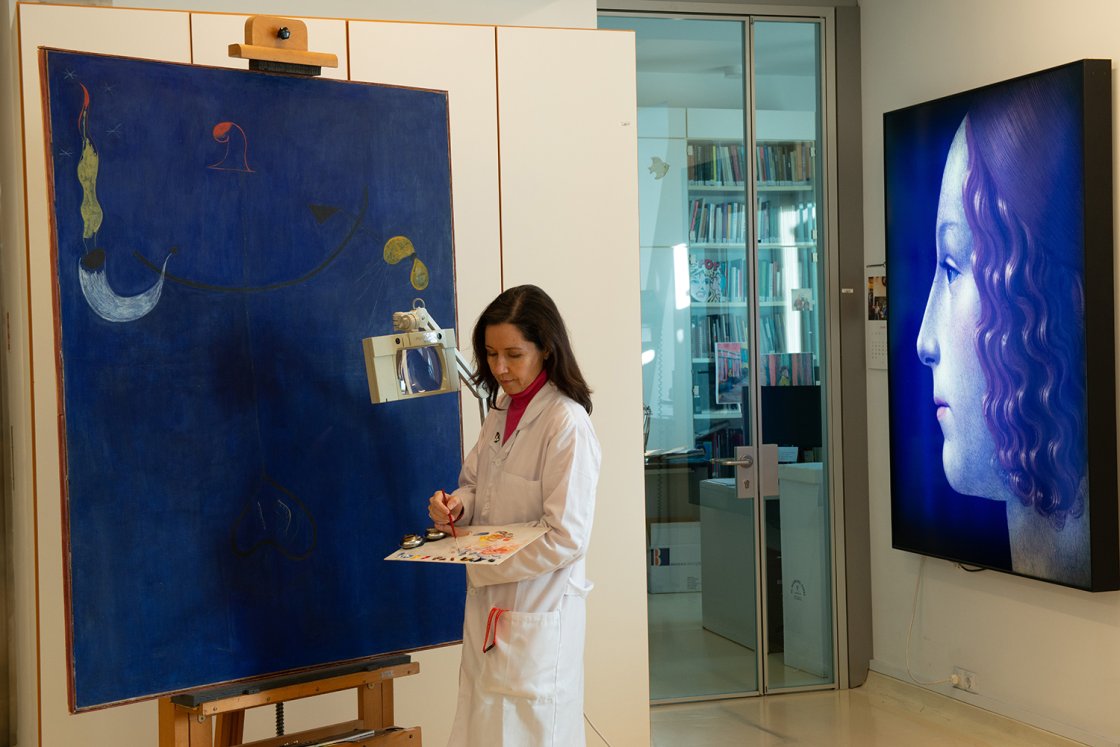
Background documentation on the work
- Background study of the work (provenance, storage, exhibitions, cataloguing, loans, etc.). This documentation is obtained from the archives and documentary sources of both the Museo Nacional Thyssen Bornemisza and other institutions or documentalists with which the work has been associated. The labels attached to the work are checked.
- Compilation of any previous studies carried out on the work.
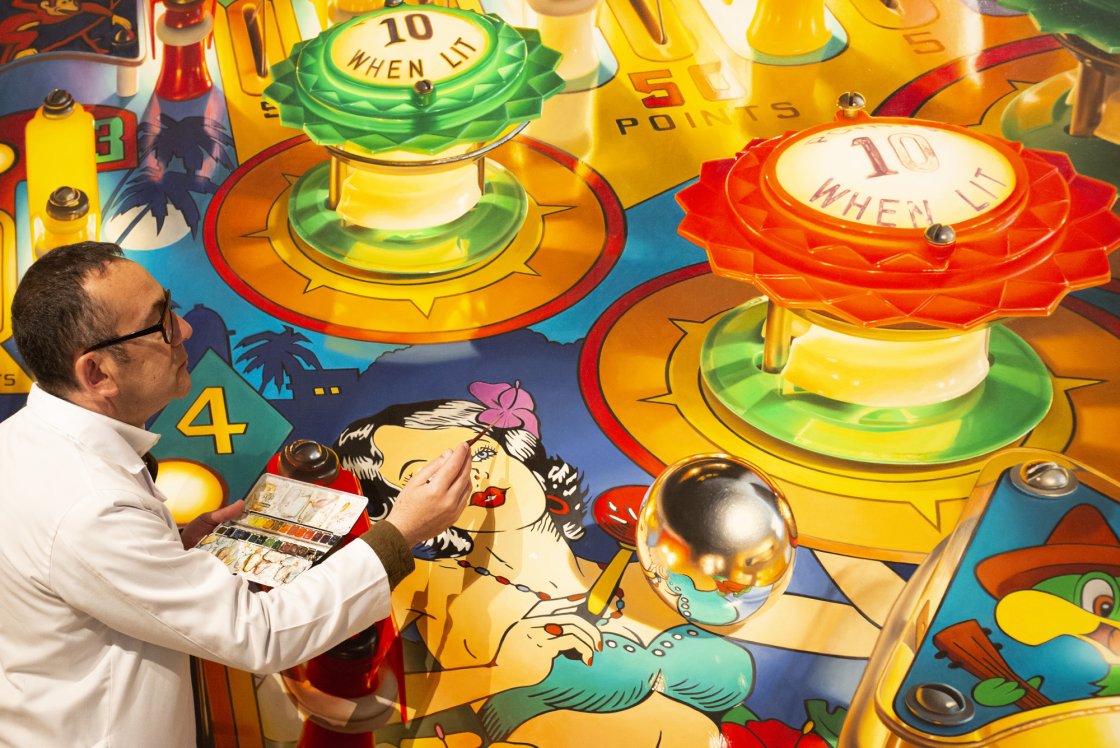
General examination of the condition of the work’s surface
- Assessment of the overall condition of the work and its frame by the conservation team. Detection of possible damage and alterations noticeable in a visual examination.
- Documented study of the picture surface and reverse of the painting using appropriate instruments to detect damage and alterations that are not always visible to the naked eye.
- Photographic documentation of the damage and alterations found.
Study using technical images with a view to restoration or documentation
- Reasoned study using technical images: Visible light photography (incident, raking and transmitted),UV-induced visible fluorescence photography, infrared reflectography and X-radiography
- Selective taking of microsamples (following a well-grounded request). Identification of original materials and additions, from the support to the surface layers. Analysis of the distribution of the materials in the different layers that make up the work. Assessment of their condition. Estimation or confirmation of the execution technique. These procedures are carried out on both paintings and frames.
- The results of the analyses provide a basis for the conservation/restoration of the works and are also examined in conjunction with the information obtained from the technical images in order to conduct a comprehensive technical study of the painting. This data can be appended to the stylistic and formal study of the work, as well as to all the initial documentation gathered, resulting in information of great documentary importance.
- The laboratory has developed a series of tests to monitor conservation/restoration processes and the quality of the materials used in the procedures, as well as to assess the risk involved in the cleaning processes.
- Accelerated ageing tests and other control methods have been developed by the laboratory to assess the suitability of materials to be used in restoration, especially adhesives, consolidants, varnishes and inpainting materials.
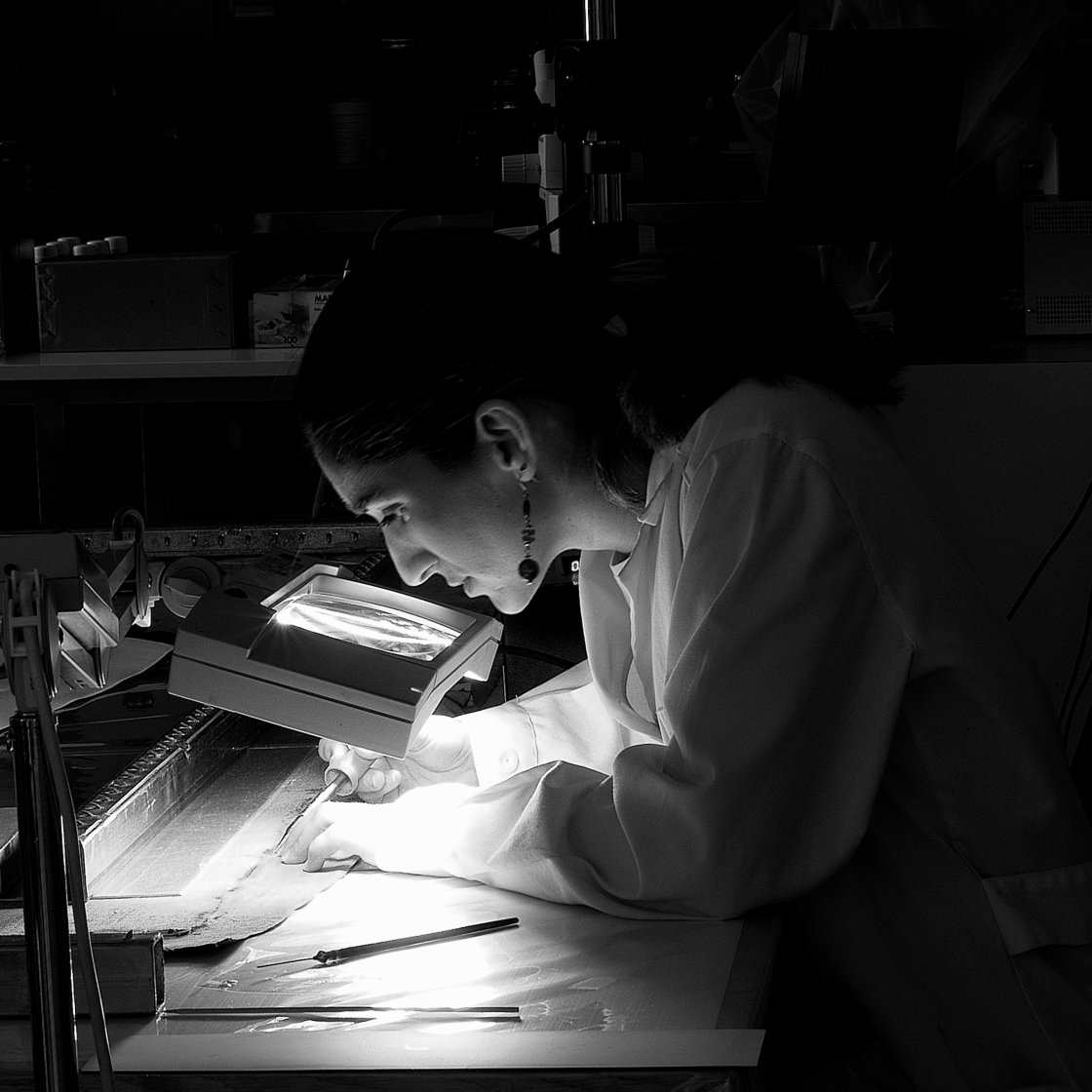
Proposals for restoration and/or conservation treatments
- Multidisciplinary study and analysis of the documentary, technical and material information obtained from the studies carried out prior to restoration. The team of conservators proposes the criteria for the intervention, the materials and procedures to be used. Proposal of the monitoring protocol.
- The restoration project is begun and implemented.
- The various procedures involved are monitored by means of technical images and laboratory analyses.
- When the restoration is complete all the documentary, photographic, technical and material information generated before and during the process is gathered.
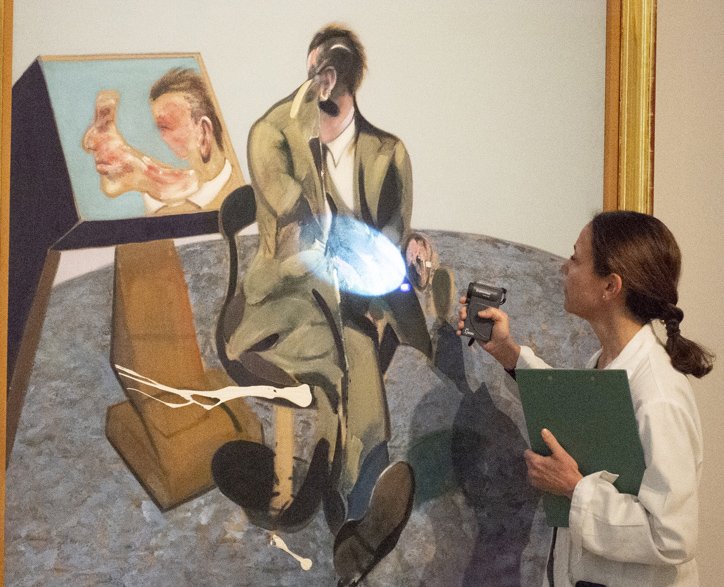
Database
- All the information obtained from the restoration process is fed into the database.
Recommendations for periodic monitoring of the restored works
- Proposal of resources and procedures for carrying out periodic checks on the storage, exhibition and transportation conditions of restored works.
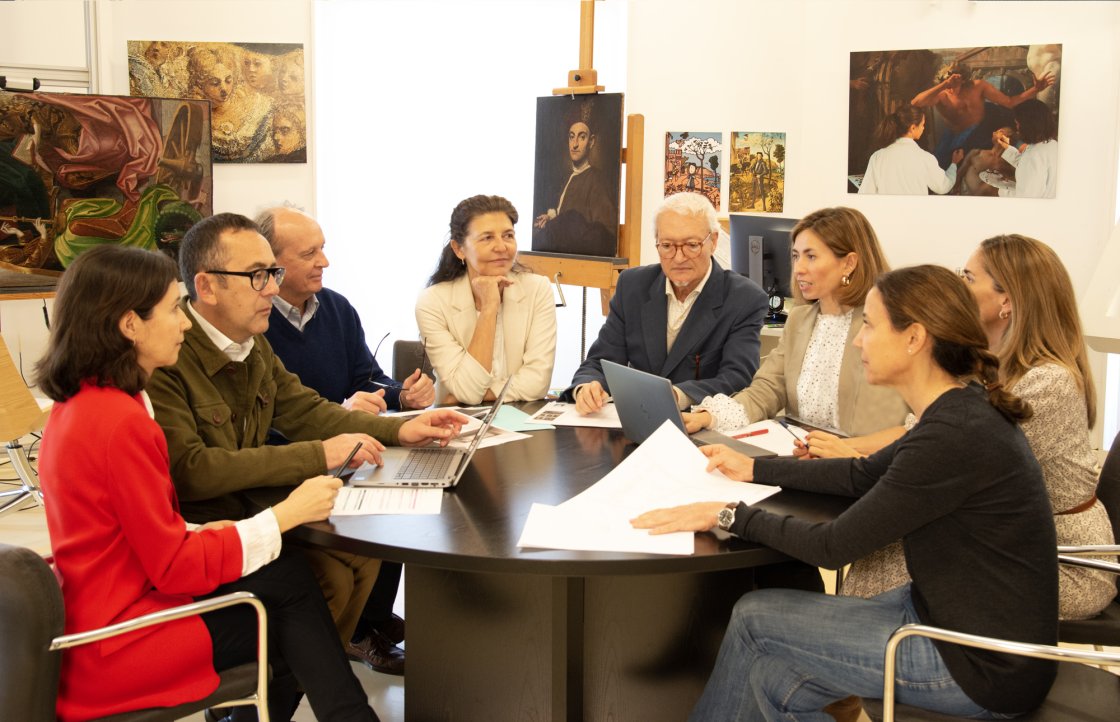
Dissemination and/or publication of the results
- Dissemination of the results of studies on interventions and the protocols used through catalogues, periodic publications, symposia, exhibitions, conferences, courses and social media. The aim is to publicise the results of the treatments carried out on the works and the comprehensive technical studies conducted on them, as well as research on and contributions to the use and monitoring of materials and procedures developed in the restoration department.

